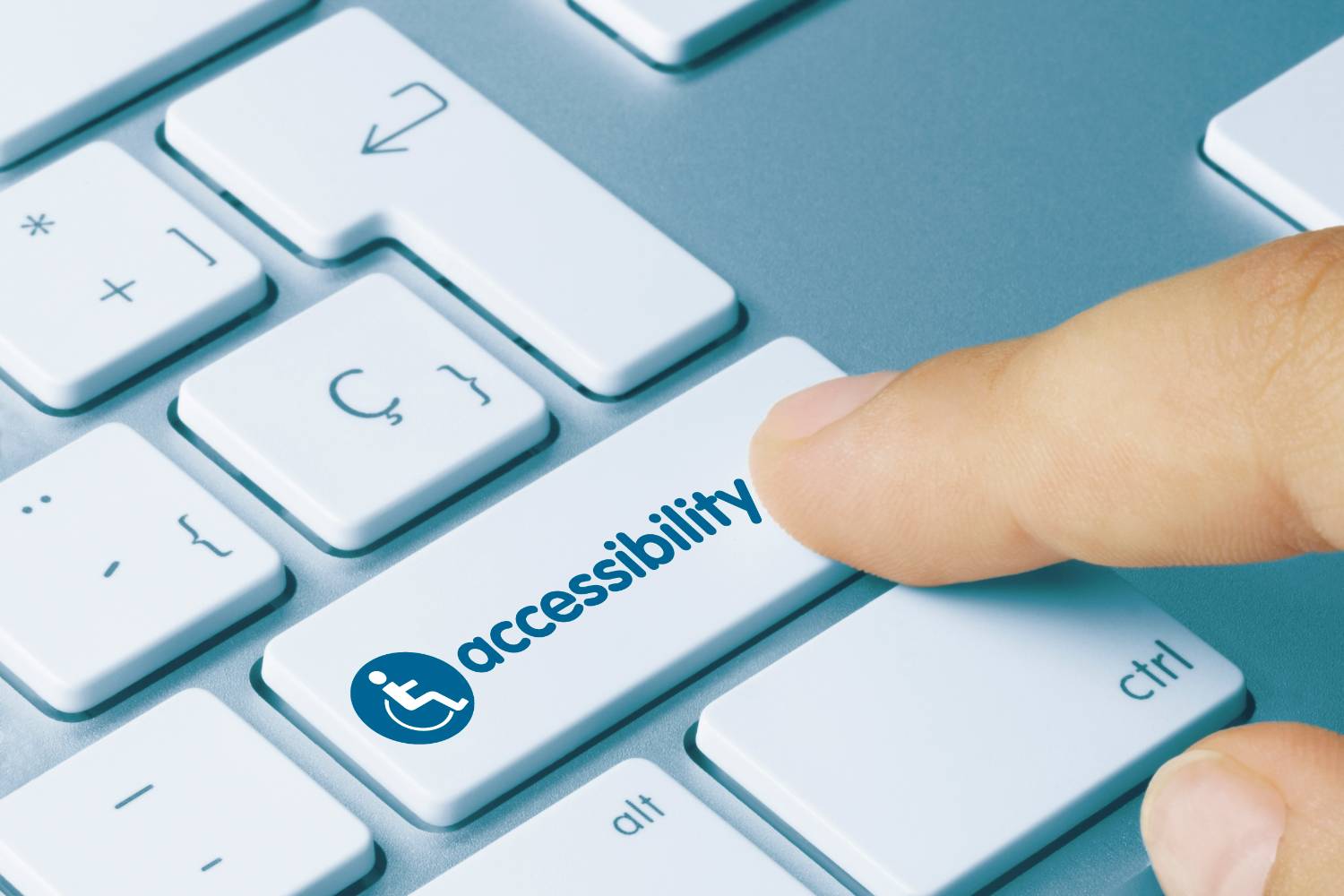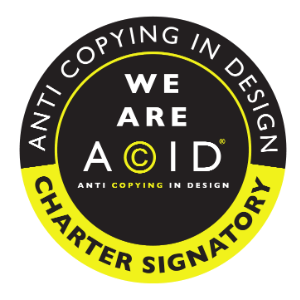Websites serve as the virtual storefronts of businesses, so in today’s modern world, creating a seamless online experience is paramount. However, a truly successful online presence goes beyond aesthetics and functionality – it embraces accessibility. At Kreativity Marketing, we firmly believe that every individual, regardless of their abilities, should have equal access to information and services on the web. In this blog post, we’ll delve into the importance of accessibility in web design, focusing on both inclusivity and compliance.
The Power of Inclusivity
Imagine a scenario where your website caters only to a specific segment of your target audience, inadvertently excluding those who might have disabilities. By designing with inclusivity in mind, you not only expand your potential customer base but also embody values that resonate with a wider audience. After all, accessibility is not just about adhering to guidelines; it’s about making a positive impact and creating a sense of belonging.
Consider users with visual impairments who rely on screen readers to navigate websites. Incorporating alt text for images and using semantic HTML ensures that these users receive a comprehensive understanding of your content, just like everyone else. Similarly, providing adjustable font sizes and high contrast options benefits individuals with low vision.
Navigating the Legal Landscape
Beyond the ethical considerations, accessibility also has legal implications. Many countries have introduced regulations that mandate businesses to ensure their digital spaces are accessible to all. The Web Content Accessibility Guidelines (WCAG) set forth by the World Wide Web Consortium (W3C) have become the gold standard for creating accessible web content. Comprising four key principles – perceivable, operable, understandable, and robust – the guidelines offer a comprehensive framework to follow.
By embracing these principles, you not only reduce the risk of legal action but also demonstrate your commitment to social responsibility. Kreativity Marketing understands the importance of staying up-to-date with the latest accessibility standards, ensuring that your website not only looks great but also meets the necessary compliance requirements.
Taking Action: Implementing Accessibility
It’s heartening to know that designing an accessible website isn’t as daunting as it may seem. At Kreativity Marketing, we blend creativity with functionality to craft websites that work seamlessly for everyone. Here’s a glimpse into our approach:
- Semantic HTML: We structure the content using proper HTML tags, making it easier for screen readers to interpret the information accurately.
- Keyboard Navigation: Our designs ensure that all interactive elements can be navigated and used solely through a keyboard, catering to users who can’t use a mouse.
- Colour Contrast: We carefully choose colour combinations that meet contrast guidelines, guaranteeing content readability for all users.
- Responsive Design: Our websites are responsive, adapting to different screen sizes and devices, allowing users with various devices to access content effortlessly.
- Testing and Iteration: We rigorously test our designs with various accessibility tools and real users to identify and rectify any issues.
Take Your Content to the Next Level with Kreativity Marketing
As digital interactions become increasingly important, the need for accessible web design cannot be overstated. By embracing inclusivity and compliance, businesses can create a virtual space that resonates with all users, regardless of their abilities. At Kreativity Marketing, we’re committed to weaving accessibility into the very fabric of web design, ensuring that our clients not only meet regulatory standards but also embody the spirit of inclusiveness.
If you’re ready to take the next step towards an accessible and impactful online presence, we invite you to reach out to us. Let’s work together to build a digital landscape that truly leaves no one behind. Contact us today to embark on a journey towards creating a website that reflects your values, reaches a wider audience, and sets the standard for inclusive web design.






